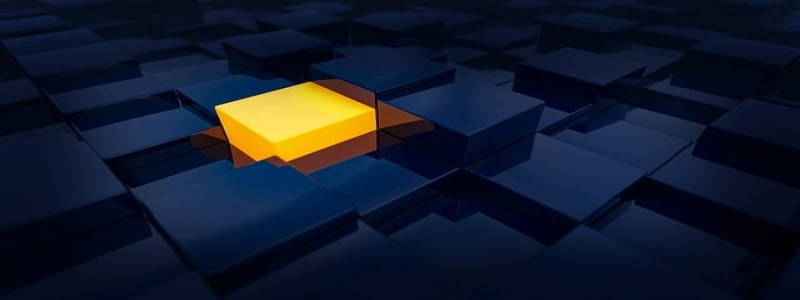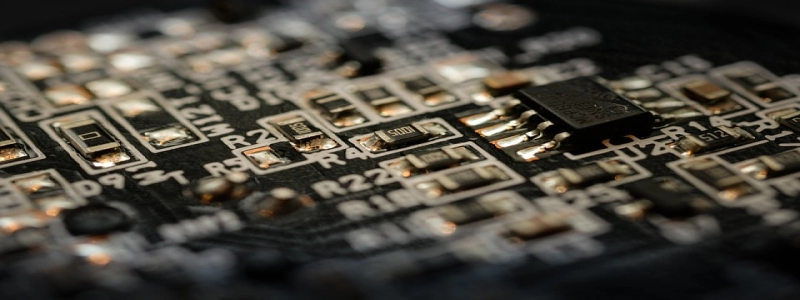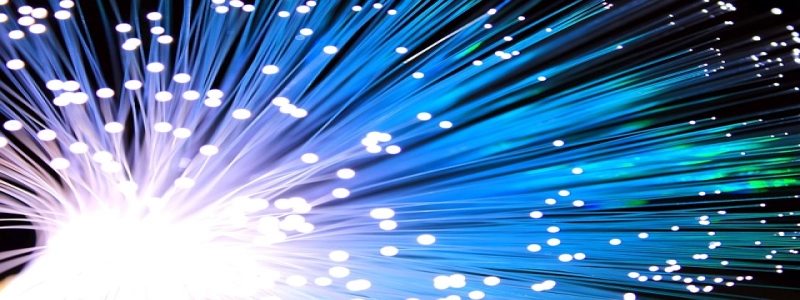Fiber Optic Cable in Conduit
介紹:
In today’s rapidly advancing world, our reliance on high-speed internet connectivity has grown exponentially. Fiber optic cables are a key component in providing this connectivity as they allow data to be transmitted at remarkable speeds over long distances. To ensure the safety and protection of these cables, they are often installed within conduits. 在本文中, we will discuss the importance of using conduits for fiber optic cables and explore their various benefits.
我. What is a Conduit?
A conduit is a pipe or tube that provides a protective pathway for various types of cables. It is typically made of materials such as PVC or metal and can be installed both above or below the ground. Conduits serve two primary purposes: protecting the cables inside from physical damage and providing an organized structure for cable management.
二. Why use Conduits for Fiber Optic Cables?
1. Protection: Fiber optic cables are delicate and susceptible to damage caused by bending, crushing, or excessive tension. By installing them within conduits, they are shielded from external forces, ensuring their longevity and performance.
2. Enhanced Durability: Conduits act as a physical barrier that prevents water, dust, and other environmental elements from reaching the fiber optic cables. This protection significantly reduces the risk of signal loss and degradation, resulting in improved system reliability.
3. Easy Maintenance: Conduits provide an orderly and accessible structure for cable management. This makes it easier for technicians to inspect, repair, or replace fiber optic cables when necessary, reducing downtime and improving overall system efficiency.
4. Future-Proofing: Installing fiber optic cables within conduits allows for easier upgrades or expansions in the future. By providing a dedicated pathway, new cables can be added without the need for extensive excavation or disruption to existing infrastructure.
三、. Types of Conduits for Fiber Optic Cables:
1. Rigid Conduits: Made of materials like PVC or metal, rigid conduits offer excellent protection against physical damage. They are ideal for installations that require high levels of mechanical protection, such as in outdoor areas or industrial settings.
2. Flexible Conduits: These conduits are made of materials like corrugated plastic or metal and provide a more versatile solution. They can be easily bent or maneuvered around obstacles, making them suitable for installations that require flexibility, such as in buildings or residential areas.
結論:
The use of conduits for fiber optic cables is crucial in ensuring their safety, durability, and performance. By providing protection against physical damage and environmental elements, conduits play a vital role in maintaining a reliable and efficient internet connectivity infrastructure. Whether it is for outdoor or indoor installations, choosing the right type of conduit is crucial to meet specific requirements. As we continue to rely on high-speed internet for various applications, the importance of fiber optic cables in conduits cannot be overlooked.








